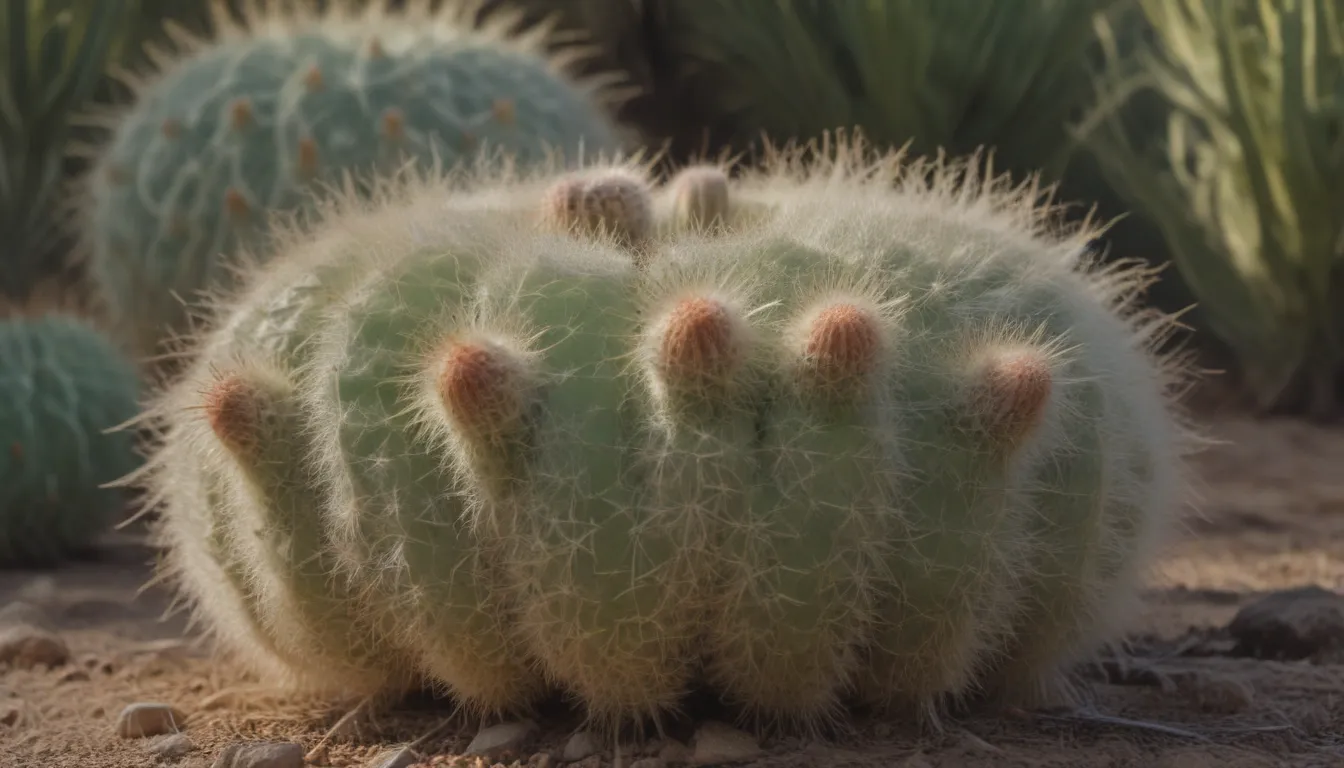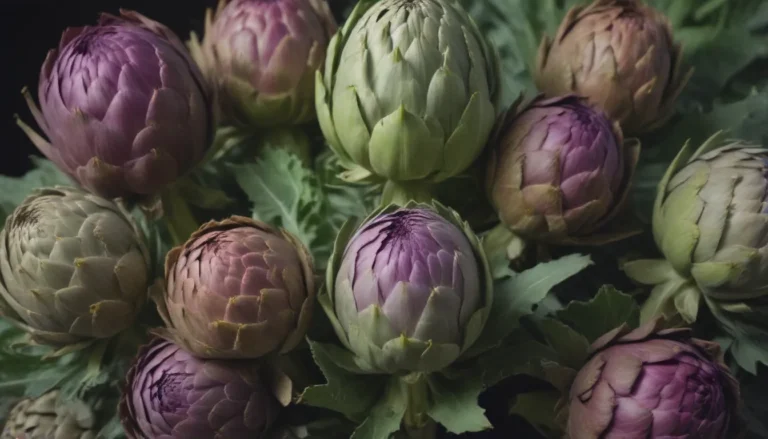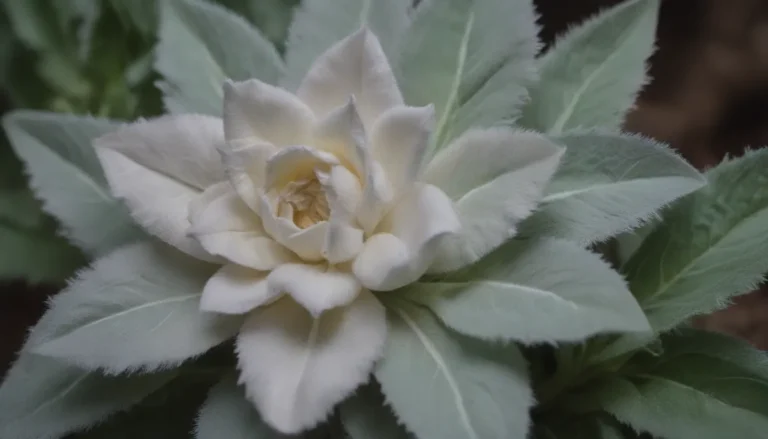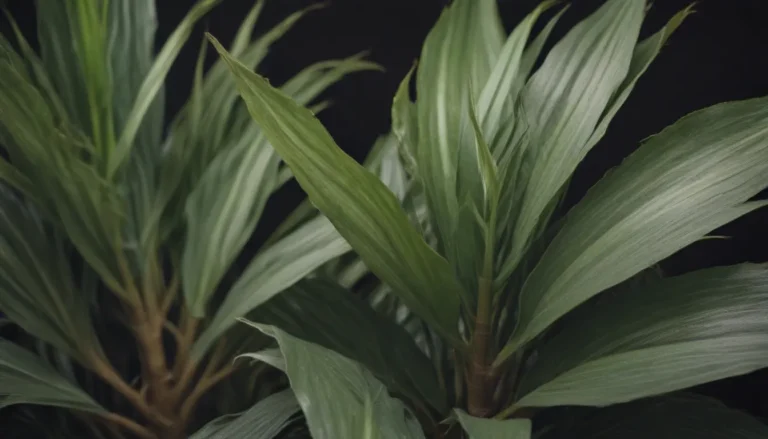Ultimate Guide to Growing and Caring for Dog Tail Cactus

Are you looking to add a unique and beautiful plant to your collection? The dog tail cactus, also known as Strophocactus testudo, might be just what you need. These cacti boast broad main stems with long, skinny trailing stems that resemble tails. Native to jungle habitats, they can reach heights of up to 9 feet and are often found winding around trees. Cultivated dog tail cacti are popular choices for hanging baskets and containers, especially when they produce white, fragrant flowers nocturnally. In this comprehensive guide, we will explore everything you need to know about caring for and growing your dog tail cactus.
Understanding Dog Tail Cactus Care
Taking care of a dog tail cactus is not too different from caring for other cacti, but there are a few key points to keep in mind to ensure your plant thrives:
Light
Dog tail cacti thrive in full sun. Make sure to place them in a sunny spot to promote healthy growth. Inadequate light can result in thin and dull stems, so give your cactus plenty of sunlight to flourish.
Soil
Fast-draining and drying cactus mix is essential for dog tail cacti. Avoid overly wet soil to prevent issues like root rot. For a DIY mix, combine two parts mineral (such as sand, perlite, or fine gravel) with one part organic matter for optimal results.
Water
Unlike some cacti species, dog tail cacti require more water. However, it’s crucial to let the soil dry out completely between waterings to prevent root problems. Finding the right balance of moisture is key to keeping your cactus healthy.
Temperature and Humidity
Dog tail cacti can tolerate a wide range of temperatures, but they cannot withstand frost. They prefer humidity over dry heat, making them suitable for indoor growth in cooler regions.
Fertilizer
Once your dog tail cactus is well-established, consider using a diluted cactus fertilizer during growth periods. Additionally, a bloom booster fertilizer applied in the spring and summer can enhance flowering.
Types of Dog Tail Cacti
Dog tail cacti come in various types, each with its unique characteristics. Some popular varieties include:
- Strophocactus testudo var. grandiflorus
- Strophocactus testudo var. vespertinus
- Strophocactus testudo ‘Golden Tail’
Pruning Tips for Dog Tail Cacti
Pruning is generally unnecessary for dog tail cacti unless you notice dead or damaged parts that need removal. Use caution when pruning to avoid harming the plant. Here are some pruning guidelines:
- Only prune if necessary, such as removing dead or damaged sections.
- Carefully cut at the branch point to maintain the plant’s overall health.
- Use pruners or fingers to remove unwanted parts.
Propagating Your Dog Tail Cactus
Propagation is an excellent way to expand your plant collection or share your cactus with friends. Dog tail cacti can be propagated through cuttings or root division:
Propagation with Cuttings
- Take a healthy cutting from the parent plant.
- Allow the cutting to dry for a few days.
- Plant the cutting in well-draining soil and water lightly.
Propagation with Root Division
- Carefully divide the root system of the parent plant.
- Plant the divided sections in separate containers with fresh soil.
- Water the new plants sparingly until they establish roots.
Growing Dog Tail Cacti from Seed
While growing dog tail cacti from seed can be challenging, it is possible with the right approach. Here’s how you can grow your cactus from seed:
- Collect seeds from a mature dog tail cactus.
- Plant the seeds in a pot filled with cactus potting mix.
- Provide a thin layer of sand on top of the soil.
- Keep the seeds moist during germination and water as needed once they sprout.
Potting and Repotting Your Dog Tail Cactus
When repotting your dog tail cactus, take care to ensure the soil is dry before transferring the plant. Choose a well-draining pot and spread out the roots when repotting. Avoid over-potting, as these cacti prefer minimal soil for optimal growth.
Overwintering Tips for Dog Tail Cacti
During the winter months, it’s best to bring your dog tail cactus indoors to protect it from frost and excess moisture. Place the plant near a window or under grow lights to provide adequate light for healthy growth. Indoor overwintering is essential for maintaining your cactus’s well-being.
Encouraging Blooms in Your Dog Tail Cactus
Getting your dog tail cactus to bloom can be a rewarding experience. Follow these tips to encourage flowering in your plant:
- Ensure your plant receives ample sunlight.
- Maintain a consistent watering schedule.
- Keep the plant in a warm and humid environment.
- Provide occasional fertilization during the growing season.
Common Problems and Solutions
Like any plant, dog tail cacti may encounter issues that require attention. Here are some common problems and solutions to keep your cactus healthy:
Discoloration on Stems
- Adjust your watering routine to prevent overwatering.
- Consider relocating the plant to a sunnier spot.
- Protect the cactus from frost and excessive moisture.
Weak Stems
- Increase light exposure for stronger stems.
- Avoid direct sunlight but provide indirect light for optimal growth.
- Trim any weak or damaged sections to promote healthy growth.
In conclusion, dog tail cacti are fascinating plants that can add a touch of exotic beauty to any space. With proper care and attention to their specific needs, you can enjoy the unique characteristics of these cacti for years to come. Whether you’re a seasoned plant enthusiast or a beginner looking to expand your green thumb, growing and caring for dog tail cacti is a rewarding experience that can enhance your indoor or outdoor garden. So why not consider adding a dog tail cactus to your plant collection and watch it thrive under your care?





